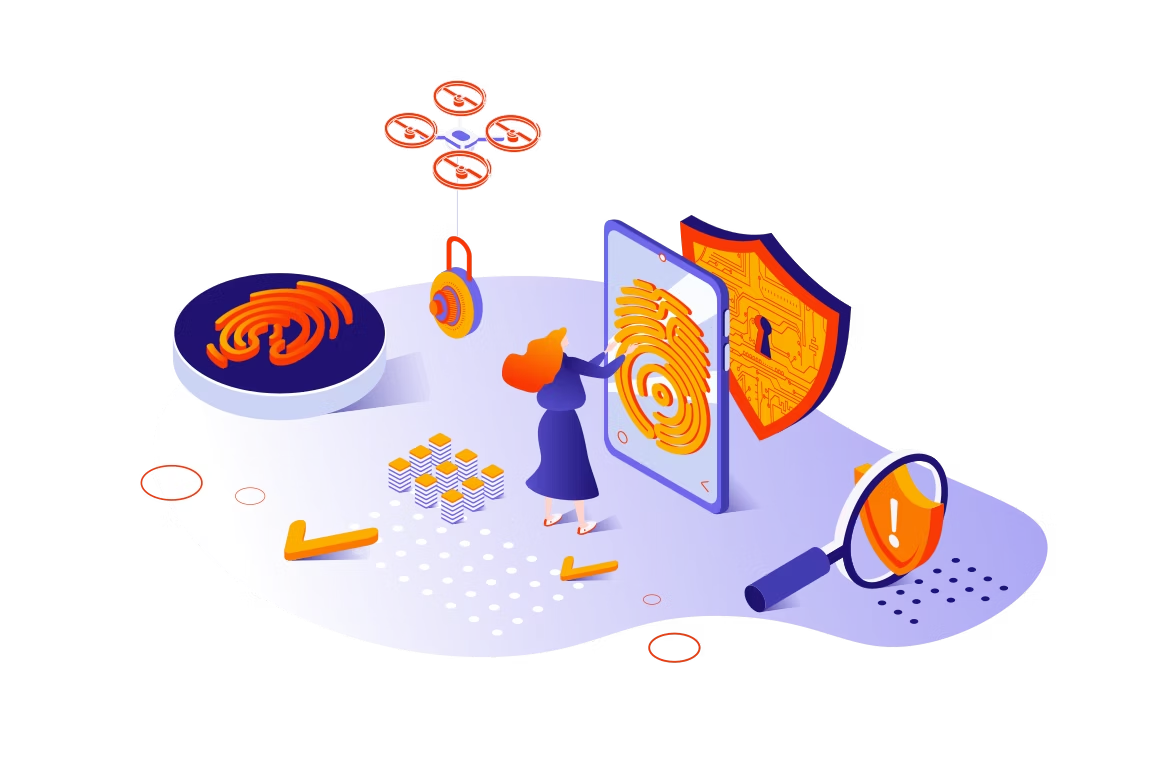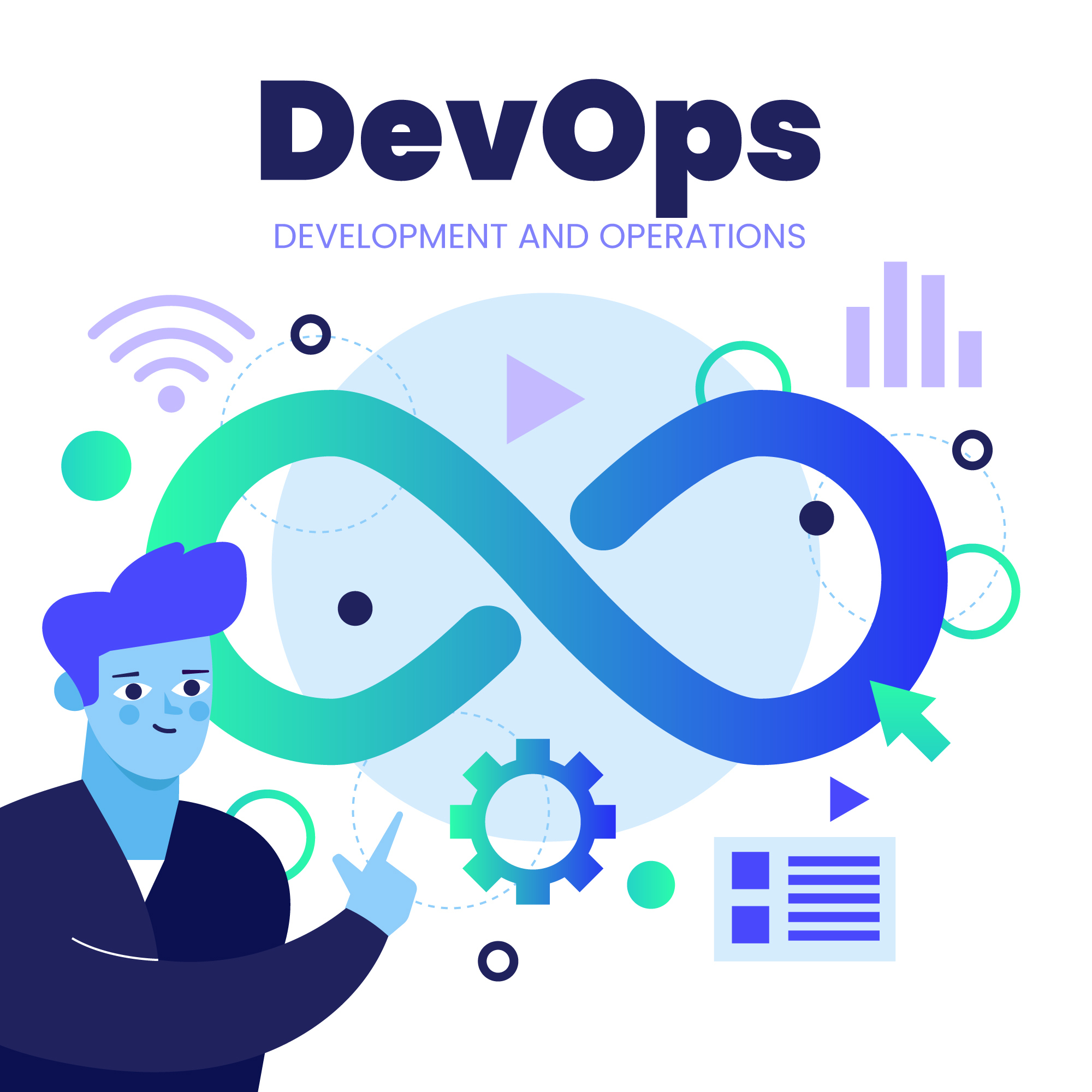Object-Oriented Programming (OOP) is a paradigm that structures software design around data, or objects, rather than functions and logic. Java, being one of the most widely used programming languages in the world, is a prime example of an object-oriented language. Understanding how OOP works in Java is essential for building scalable, maintainable, and efficient applications.
What is Object-Oriented Programming?
At its core, OOP organizes software into a collection of objects that contain both data and behavior. This paradigm is based on four fundamental principles:
- Encapsulation
- Inheritance
- Polymorphism
- Abstraction
Let’s explore how each of these principles is implemented and used in Java.
1. Encapsulation in Java
Encapsulation is the mechanism of wrapping the data (variables) and the code (methods) together as a single unit. In Java, this is typically achieved by:
- Declaring class variables as private
- Providing public getter and setter methods to access and update the value of private variables
Example
public class Person {
private String name;
public String getName() {
return name;
}
public void setName(String newName) {
name = newName;
}
}
Encapsulation provides data hiding and increases code security and maintainability. It ensures that the internal representation of an object is hidden from the outside.
2. Inheritance in Java
Inheritance allows a class to inherit properties and methods from another class. Java supports single inheritance, meaning a class can only extend one superclass.
Example
public class Animal {
void eat() {
System.out.println(“This animal eats food.”);
}
}
public class Dog extends Animal {
void bark() {
System.out.println(“The dog barks.”);
}
}
In this example, Dog inherits the eat() method from Animal. This promotes code reusability and establishes a natural hierarchy.
3. Polymorphism in Java
Polymorphism allows methods to perform different tasks based on the object that is calling them. It comes in two forms:
- Compile-time polymorphism (method overloading)
- Runtime polymorphism (method overriding)
Example – Method Overloading
public class MathOperation {
int add(int a, int b) {
return a + b;
}
double add(double a, double b) {
return a + b;
}
}
Example – Method Overriding
class Animal {
void sound() {
System.out.println(“Animal makes a sound”);
}
}
class Dog extends Animal {
void sound() {
System.out.println(“Dog barks”);
}
}
Polymorphism increases the flexibility and scalability of your code.
4. Abstraction in Java
Abstraction is the process of hiding the implementation details and showing only the functionality to the user. It is achieved using abstract classes or interfaces.
Example
abstract class Vehicle {
abstract void start();
}
class Car extends Vehicle {
void start() {
System.out.println(“Car is starting”);
}
}
Abstraction allows developers to focus on what an object does instead of how it does it.
Java Classes and Objects
Everything in Java revolves around classes and objects. A class is a blueprint for creating objects, which are instances of classes.
Example
public class Car {
String color = “Red”;
void drive() {
System.out.println(“Driving the car…”);
}
}
public class Main {
public static void main(String[] args) {
Car myCar = new Car();
myCar.drive();
}
}
This basic concept underpins all Java programming and facilitates organized and modular code development.
Other OOP Features in Java
Constructors
Constructors are special methods used to initialize objects.
public class Car {
Car() {
System.out.println(“Car is created”);
}
}
Interfaces
Interfaces provide a way to achieve multiple inheritance in Java.
interface Engine {
void start();
}
class Bike implements Engine {
public void start() {
System.out.println(“Bike engine starts”);
}
}
Benefits of OOP in Java
- Modularity
Code is organized into classes, making it easier to manage and update.
- Reusability
Use inheritance to reuse existing code.
- Scalability
Easily add new classes and methods without disrupting the entire application.
- Maintainability
Easier to test and debug due to the separation of concerns.
How Tambena Consulting Can Be Beneficial for Your Business in Java Projects
While Java provides a robust platform for developing enterprise-level applications, maximizing its potential often requires expertise beyond the basics. Here’s how partnering with us can make a significant difference:
1. Expertise in Java Architecture
With our Java application services, we bring deep experience in designing robust Java architectures, including multi-tier, microservices, and cloud-native structures. We can help you select the best frameworks and tools like Spring Boot, Hibernate, or Kafka, tailored to your business needs.
2. Accelerated Development
With experienced Java developers on board, our consulting firm can significantly reduce the time to market. Agile methodologies and continuous integration practices ensure that your product evolves rapidly without compromising quality.
3. Custom Java Solutions
Our consultants understand your industry and business goals. They can design and develop custom Java solutions that align with your specific requirements, whether it’s a customer-facing portal, internal ERP system, or mobile backend.
4. Code Optimization and Refactoring
Over time, legacy Java applications can become cumbersome. Our consulting experts can perform audits, refactor inefficient code, and optimize performance to meet modern standards and expectations.
5. Security and Compliance
Java security is critical in enterprise Java development. We help identify vulnerabilities, implement secure coding practices, and ensure compliance with relevant regulations like GDPR, HIPAA, or PCI DSS.
6. Scalability Planning
If you anticipate growth, our IT consultants can prepare your Java systems to scale, both vertically and horizontally, using cloud platforms like AWS, Azure, or Google Cloud.
7. Maintenance and Support
Beyond development, Tambena Consulting offers ongoing support and maintenance services, ensuring your Java application remains up-to-date, bug-free, and high-performing.
8. Training and Knowledge Transfer
Consultants can also train your in-house team to maintain and evolve the system independently, ensuring your investment pays off long-term.
Conclusion
Object-Oriented Programming in Java offers a structured, scalable, and efficient way to build software solutions. By leveraging OOP principles such as encapsulation, inheritance, polymorphism, and abstraction, developers can create modular and maintainable applications.
If you’re considering a Java-based solution for your next project, let’s connect to stay competitive in today’s digital landscape.






